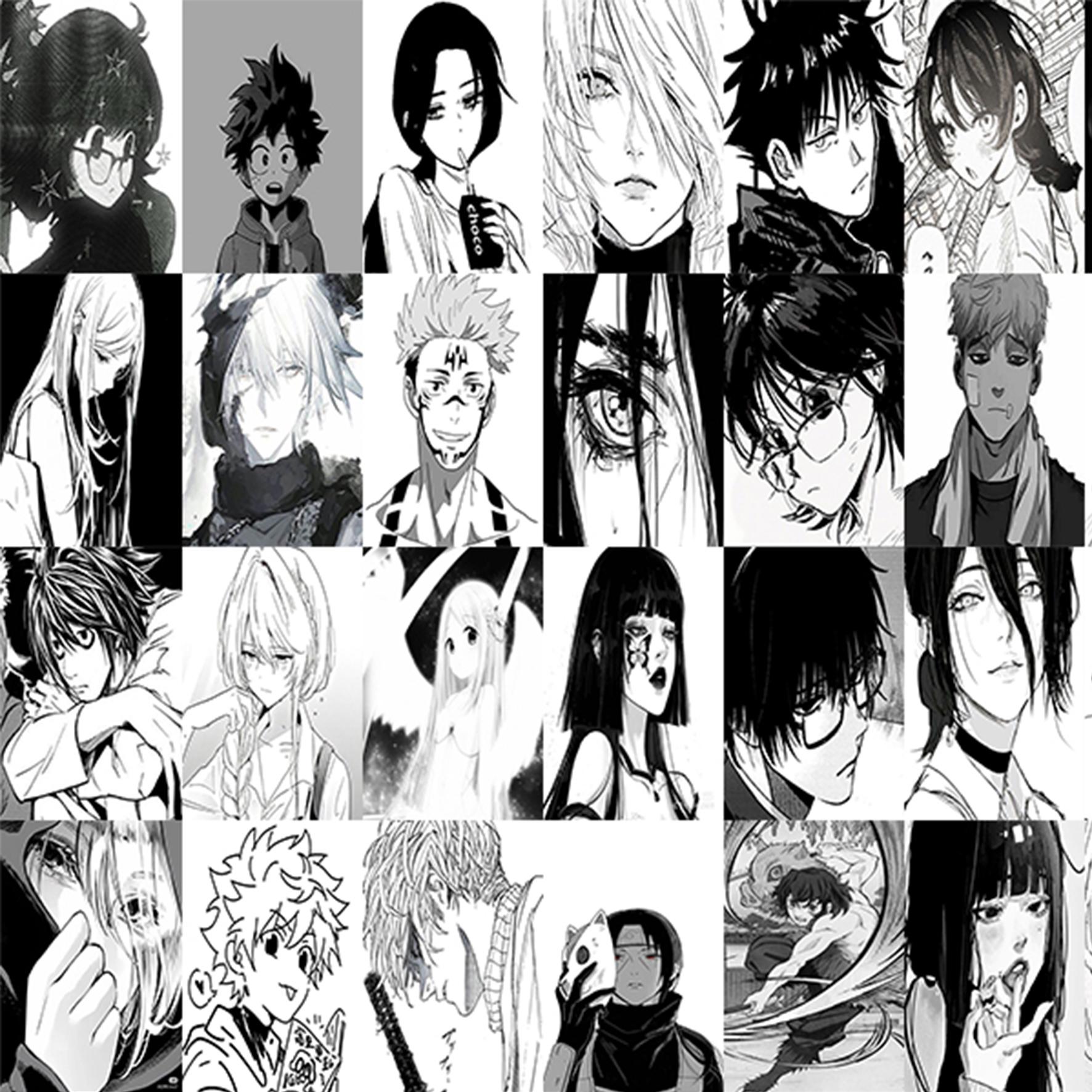Blitz News Digest
Stay updated with the latest trends and insights.
Anime and Manga: Clichés That Keep Us Coming Back for More
Uncover the irresistible clichés in anime and manga that keep fans hooked! Dive into the tropes we can't resist and why they work.
Top 10 Anime Clichés That Always Keep Us Hooked
Anime has a unique way of captivating its audience, often relying on tried-and-true elements that evoke a sense of familiarity and nostalgia. Among these, clichés play a significant role in keeping viewers glued to their screens. For instance, the classic 'high school setting' serves as a backdrop for countless stories, enabling character development through relatable experiences. Likewise, characters with an undeniable 'rivalry' create tension and excitement, pushing protagonists to reach their full potential while providing fans with thrilling confrontations.
Another popular anime cliché is the presence of a 'mysterious transfer student' who enters the story, disrupting the status quo and sparking interest among the main characters. This trope not only adds intrigue but also serves as a catalyst for character interactions and plot progression. Lastly, we cannot forget the ubiquitous 'power of friendship' theme, which reinforces the bond between characters and often leads to their ultimate triumphs. These distinct yet familiar tropes remind us why we continue to return to our favorite anime time and again.

Why Do We Love Tropes? The Psychology Behind Manga and Anime Clichés
The allure of tropes in manga and anime is deeply rooted in our psychology. These recognizable motifs create a sense of familiarity, allowing viewers to quickly engage with the story. Tropes such as the tsundere character or the classic underdog narrative provide audiences with a framework through which they can interpret characters’ actions and motivations. This predictable structure not only makes the content more accessible but also adds an element of comfort, akin to revisiting a favorite childhood story. Studies in psychology suggest that people are naturally drawn to patterns, and clichés serve as cognitive shortcuts that help us navigate complex narratives with ease.
Moreover, the emotional resonance of tropes enhances their appeal. Many of these familiar clichés tap into universal themes like love, friendship, and rivalry, allowing us to connect with the characters on a personal level. For instance, the struggle against overwhelming odds in an isekai setting or the quest for self-discovery in a coming-of-age tale often elicit strong emotional responses. These tropes not only evoke nostalgia but also invite us to reflect on our own experiences and relationships. This blend of familiarity and emotional depth makes these clichés not just enjoyable, but essential to the rich tapestry of storytelling in manga and anime.
Exploring the Most Popular Romance Clichés in Anime and Manga
When it comes to romance clichés in anime and manga, certain tropes have become almost ubiquitous, captivating audiences with their familiarity. For instance, the classic love triangle often serves as a driving force in many narratives, where a protagonist finds themselves torn between two potential partners, each representing different facets of love and desire. Another popular trope is the childhood friend who has long harbored feelings for the main character, often leading to poignant moments and emotional conflicts. These narratives not only resonate with viewers but also create a sense of nostalgia, allowing fans to connect with the characters on a deeper level.
Alongside these well-known themes, the concept of the tsundere character also reigns supreme in the realm of romance in anime and manga. This character archetype, often characterized by a tough exterior that conceals a softer, more affectionate side, adds an intriguing dynamic to romantic plots. Whether it's the classic scenario of a girl who teases a boy only to reveal her true feelings later, or vice versa, viewers are often left eagerly anticipating how emotions will unfold. Exploring these various romance clichés not only highlights the creativity within the genre but also underscores the universal appeal of love in its many forms.